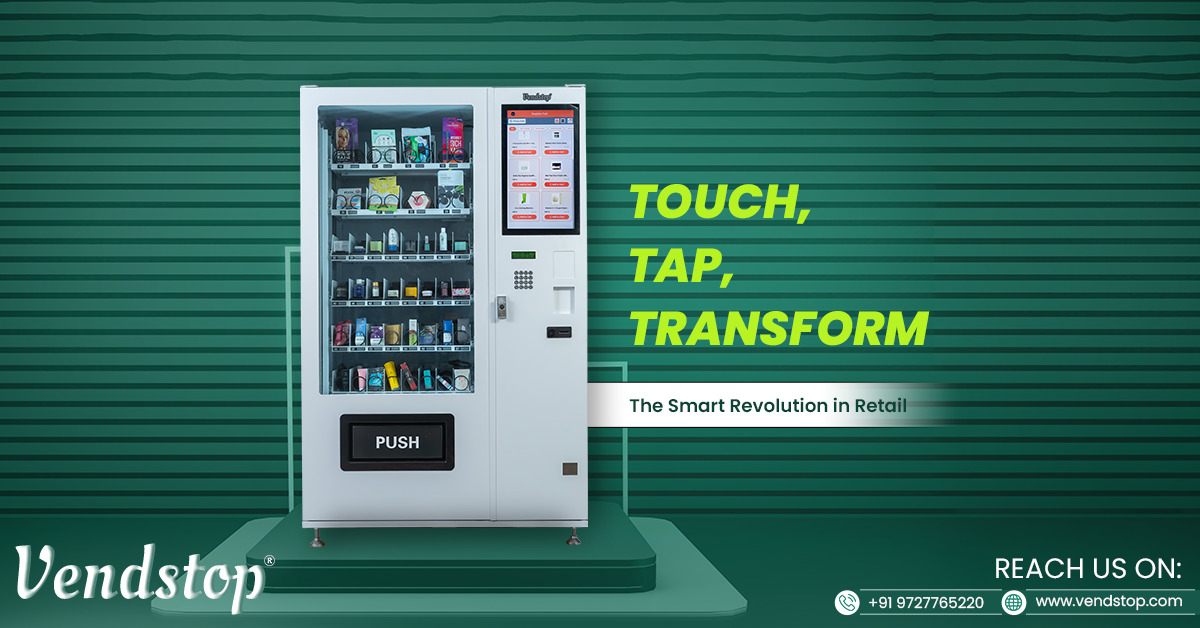The Future of Health Vending Post-COVID
Assessing Profitability and Future Prospects of Pharmacy Vending Machines Post-COVID-19
During the COVID-19 pandemic, healthcare needed contactless solutions and automation. Pharmacy vending machines promised convenience, safety, and efficiency in those trying times. As we navigate the post-pandemic era, it’s crucial to assess the profitability of pharmacy vending machines and explore their potential in the future.
Profitability Analysis
A comprehensive cost-benefit analysis can serve us in understanding how profitable pharmacy vending machines can be. Weighing initial setup costs, maintenance expenses, and operational overheads against the revenue streams generated would give us an idea of the profitability of pharmacy vending machines.
Revenue sources include direct sales of medications, partnerships with healthcare providers, and potential collaborations with pharmaceutical companies for product placement.
Comparisons with traditional pharmacy models reveal that vending machines can operate with lower labour costs, reduced physical space requirements, and extended service hours. But, we must factor in challenges such as theft, vandalism, and the need for periodic machine maintenance into the financial assessment.
Regulatory Considerations
Operating within the healthcare sector demands strict adherence to regulations and compliance with pharmaceutical standards. Pharmacy vending machines must navigate a complex landscape of licensing requirements, medication storage regulations, and data protection laws. Collaboration with regulatory bodies and clear communication with the public is essential to build trust and ensure the seamless integration of these machines into the healthcare infrastructure.
Addressing concerns related to the quality and authenticity of medications dispensed is crucial. Implementing robust authentication mechanisms and maintaining transparency in the sourcing and handling of medications are critical components in gaining regulatory approval and consumer confidence.
Future Prospects
Looking ahead, the future of pharmacy vending machines appears promising. Technological innovations, including telehealth services and digital healthcare platforms, suggest a more interconnected and patient-centric approach. The potential for these machines to offer a bridge between digital health solutions and physical access to medications highlights a path towards a more holistic healthcare experience.
The ability of these machines to adapt to changing consumer preferences and technological advancements positions them as a dynamic player in the future of healthcare services.
Challenges and Concerns
While the benefits of pharmacy vending machines are evident, we shouldn’t overlook the challenges and concerns. Security and privacy issues, particularly regarding the storage of sensitive health data, must be addressed through robust encryption and data protection measures.
Ensuring the accuracy of medication dispensing is a critical factor in building and maintaining trust. Implementing quality control measures, regular machine inspections, and real-time monitoring contribute to the reliability of these automated systems.
Resistance from traditional healthcare providers may also pose a challenge. Collaboration and communication between vending machine operators and healthcare professionals are crucial to dispel misconceptions and foster a collaborative approach to patient care.
Conclusion
In conclusion, the post-COVID-19 era has witnessed a significant shift in the perception and adoption of pharmacy vending machines.
The profitability of these automated dispensers hinges on a delicate balance of technological innovation, regulatory compliance, and consumer trust.
As we move forward, the insights gained from this exploration can guide stakeholders in leveraging the potential of pharmacy vending machines to shape a more efficient and patient-centric future for healthcare services.
Integrating these machines into the broader healthcare ecosystem goes beyond representing a response to a crisis; it is a transformative step towards a more resilient and accessible healthcare infrastructure.



